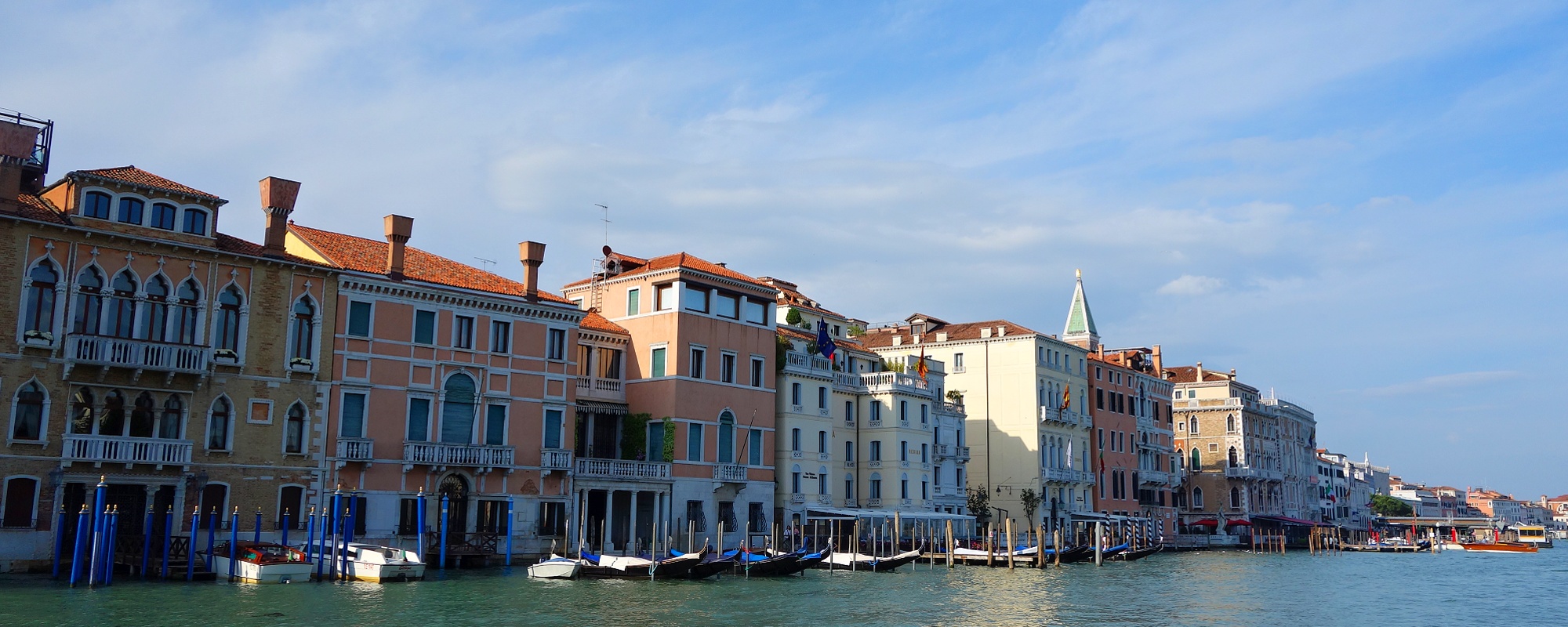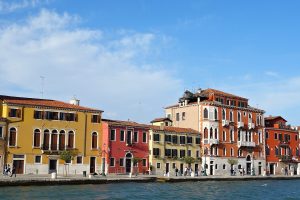Venice is a fascinating historic city located in north-east Italy. It’s a UNESCO World Heritage Site.
There are only a few places as pretty and romantic as Venice – if you come with high expectations, you won’t be disappointed.
Thanks to the compact city centre and an efficient transport system it’s possible to explore most of the city in one day.
Unfortunately, there is a price which Venice is paying for its beauty and uniqueness – the city is crowded and expensive.
You need to plan in advance if you are travelling on a budget.
Avoid the hotels close to the main tourist areas, use a transport pass and get food at supermarkets or markets instead of eating out to make the trip more affordable.
One-Day Itinerary
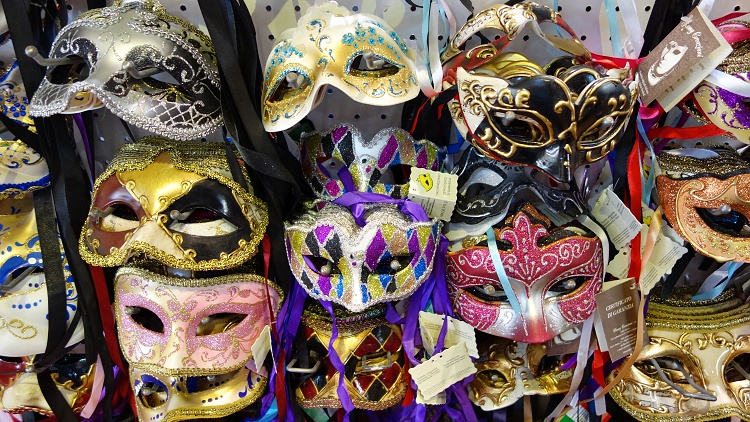
Venice is a city that is extremely popular with tourists – there are more tourists than residents.
That’s why it’s a good idea to start your day early before it gets crowded.
The best way to explore Venice is to wander its narrow streets and let it surprise you.
Enjoy amazing views around every corner.
Admire the historical buildings.
Visit some of the fascinating churches, galleries and museums.
Enjoy a cup of coffee or gelato and soak in the atmosphere.
Drop into a few shops offering colourful carnival masks.
This time we won’t give you the exact route plan but only three must-sees that you shouldn’t miss if you are short of time – let Venice show you the rest.
1. St. Mark’s Square (Piazza San Marco)
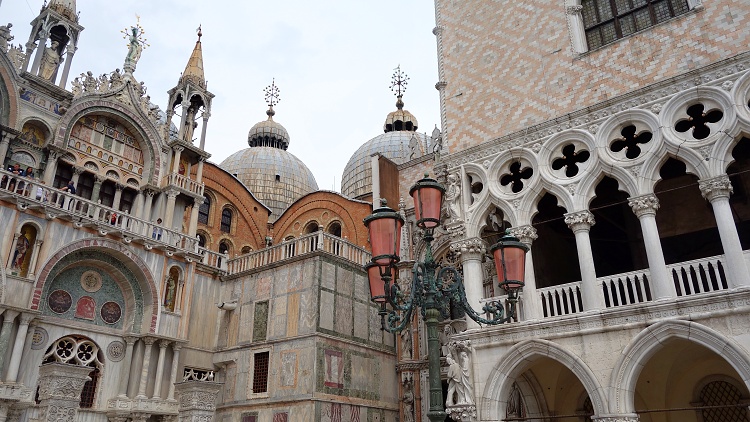
Start at St. Mark’s Square, the main public square in Venice and one of the most beautiful squares in the world.
The main landmarks are the stunning St. Mark’s Basilica (Basilica di San Marco), Bell Tower (Campanile di San Marco), Clock Tower (Torre dell’Orologio) and Doge’s Palace (Palazzo Ducale).
If you have time, go inside and join some of the interesting tours.
From St. Mark’s Square, walk north towards the Rialto Bridge.
2. Rialto Bridge (Ponte Di Rialto)
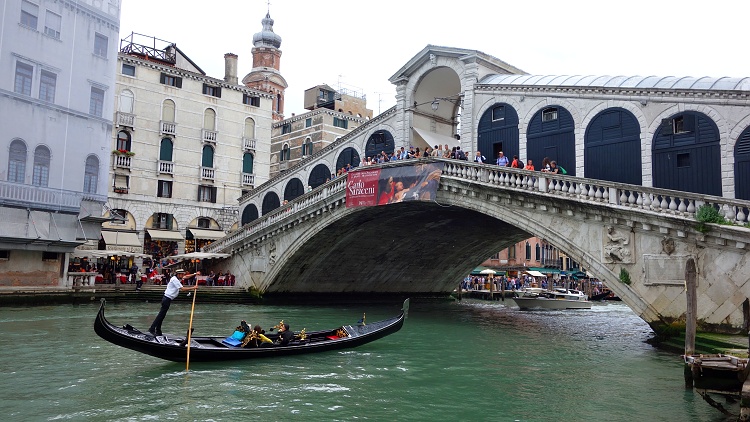
The Rialto Bridge is the oldest bridge spanning the Grand Canal; it was completed in the 16th century, and it’s one of the symbols of Venice.
Stay there for a moment and watch the busy life on the canal – the water buses, taxis and gondolas passing below the bridge.
Don’t miss the Rialto market.
3. Grand Canal (Canal Grande)
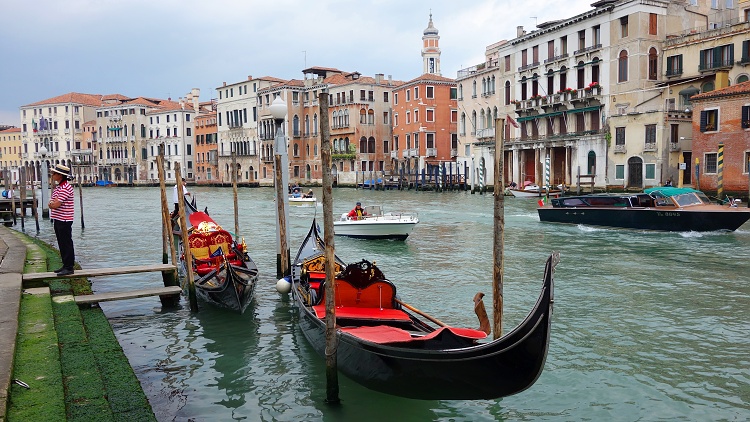
When you get tired from all the walking, take a ride down the Grand Canal.
It’s the main transportation corridor dividing the city in half, and it’s almost four kilometres long.
If you take the water bus, you need to use lines number 1 (slower, more stops) or 2 (faster, fewer stops).
From the boat, you will get amazing views of the unique city architecture; some of the palaces are visible only from the water.
Make sure you also take a ride at night when the city becomes even more magical.
Getting There
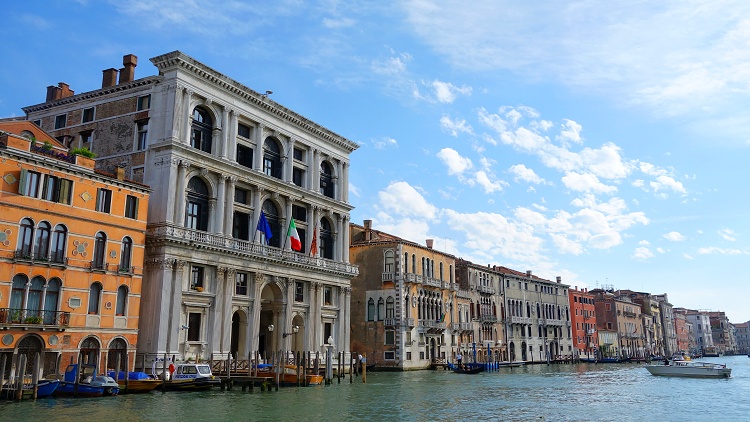
Venice is situated on a lagoon which affects its transportation system.
Most major airlines operate flights to Marco Polo Airport (VCE).
This is the closest airport, and you can get to the city by bus or boat from there.
Treviso Airport (TSF), located 25 km (15.5 miles) from Venice, is becoming increasingly popular because of the flights operated by budget airlines.
Flying to Treviso Airport is usually much cheaper than to Marco Polo Airport, and there are buses connecting the airport and the city.
There are many train connections to Venice – the train station’s name is Stazione di Venezia Santa Lucia.
Don’t confuse it with Venezia Mestre, the last stop on the mainland.
You can also travel by bus or tram from the mainland – the station is called Piazzale Roma, and you can continue by water bus or water taxi then.
If you travel by car, you will have to leave the car at one of the car parks at the city’s entrance because there are no roads beyond this point.
The car parking is limited, so the prices are high.
We got the pre-paid rate in the Garage San Marco to save money and time, and we took the water bus to get to the city from there. Water taxis were also available.
Alternatively, you can park in Mestre and take the train to the city.
Getting Around
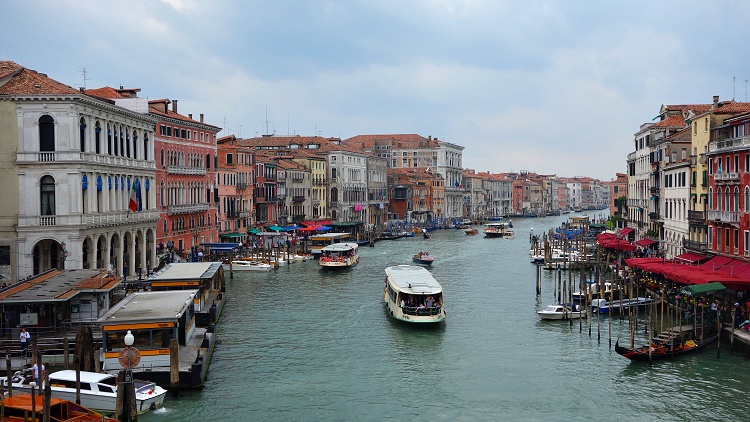
Since there are no roads in Venice, only canals, the transportation options are limited and expensive.
The city is perfect for exploring on foot because it’s flat and compact.
The public transportation system is very good – the most effective way to get around is by water buses (vaporetti).
The service is frequent, and you won’t usually have to wait for long.
It’s a great experience, and you will be rewarded with many picture-perfect views.
Water buses are also great for exploring the surrounding areas and islands.
Getting one of the transport passes is much better than paying for every ride.
We got one-day tickets that included unlimited travel, and the card paid off after a few rides.
You can choose the validity of up to seven days.
There are more types of transport cards available. Some of them include entry to various attractions, churches or museums.
The passes make travelling around Venice easy – you must validate them before entering the water bus.
Water taxis are another (more expensive) way to get around, but we didn’t need to use them.
Gondolas look romantic, but they are overpriced.
For us, the experience wasn’t worth the money and we travelled only by water buses – they didn’t ruin our budget and allowed us to get around quickly.
We felt that walking the winding streets of Venice was romantic enough.
***
If you have more time, you can visit some of the islands nearby – the most popular are Burano, Murano and Torcello.
If you fancy a beach, head north to Lido di Jesolo.
Venice is such a special place, and it would be a huge mistake to miss it on your next trip to Italy.
Did you like this article? Please share it so that more people can find it helpful.

